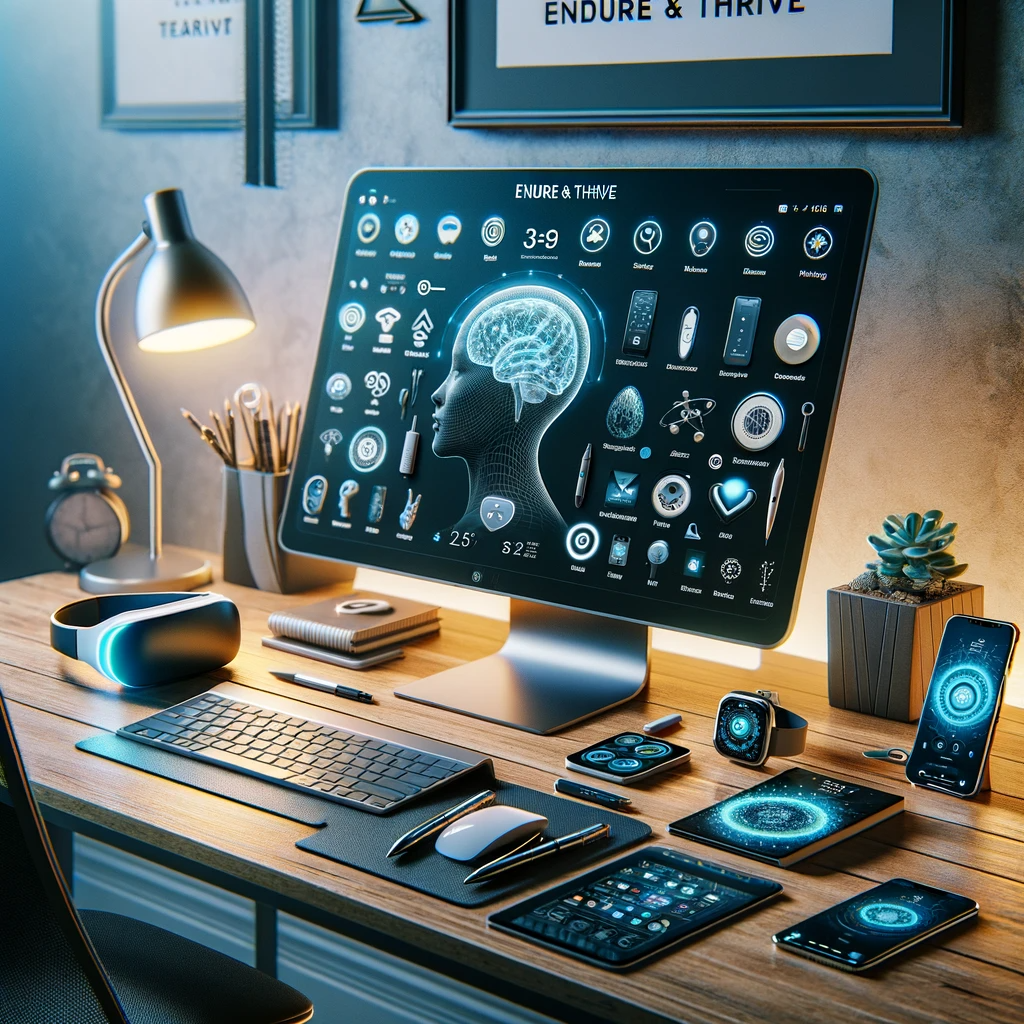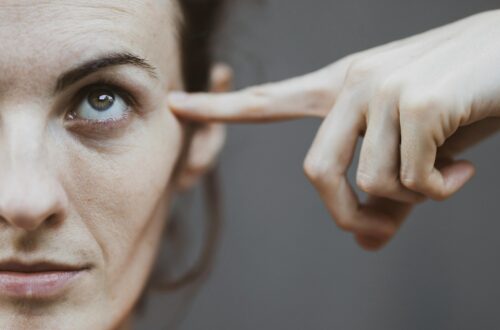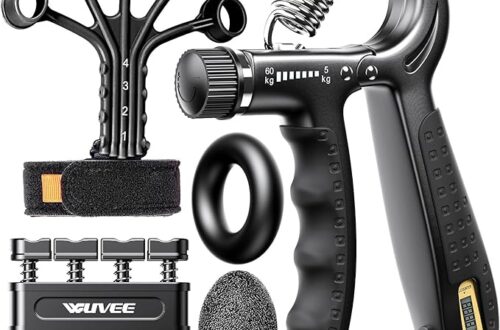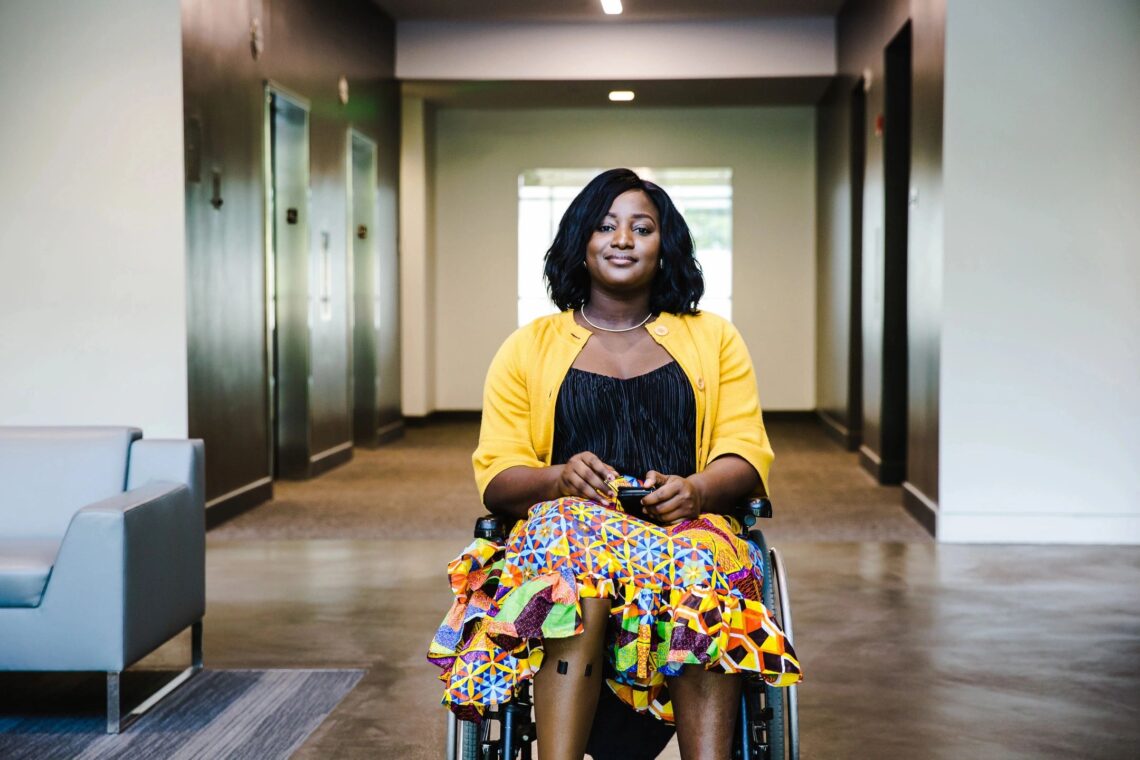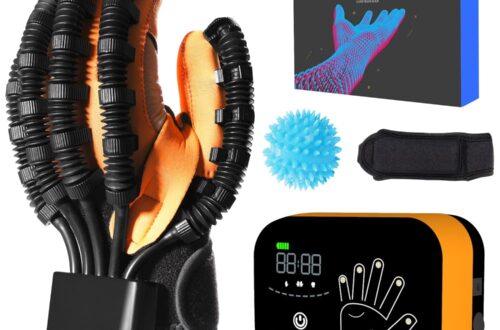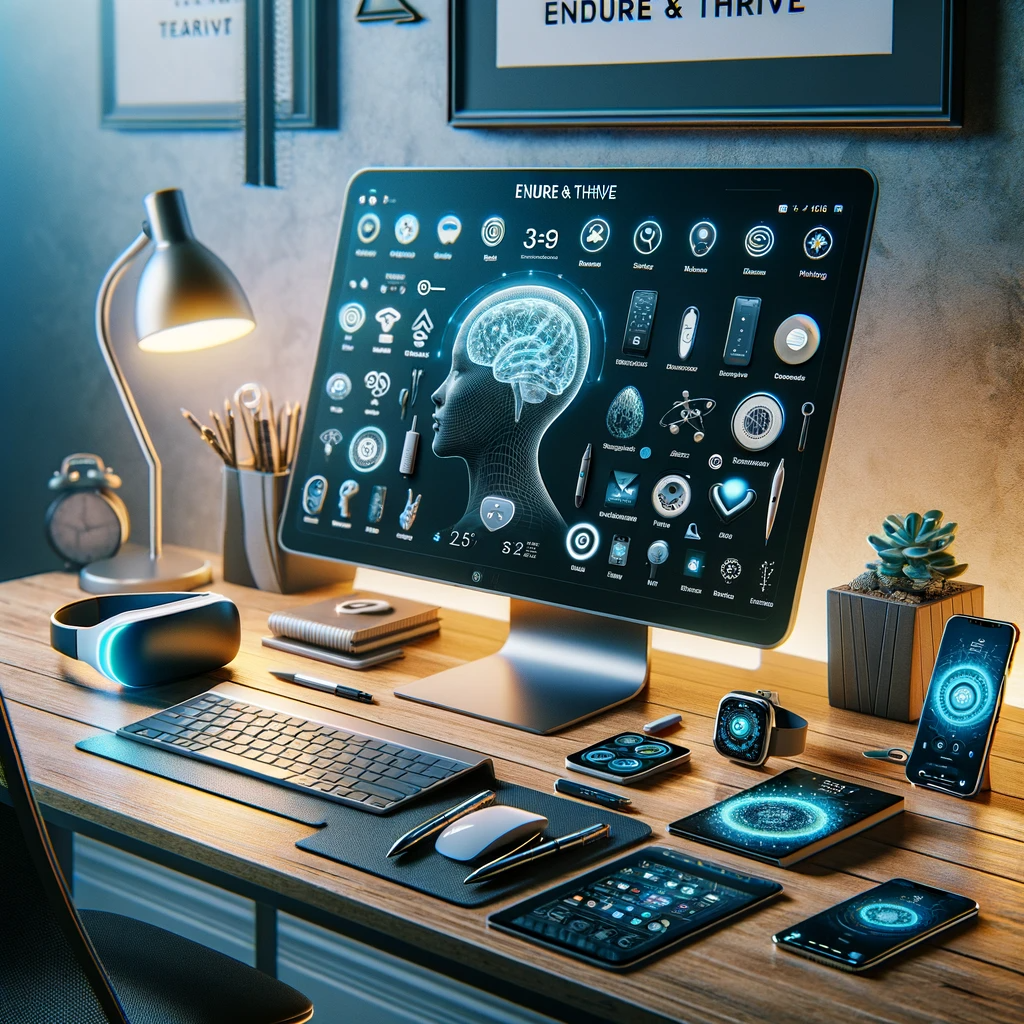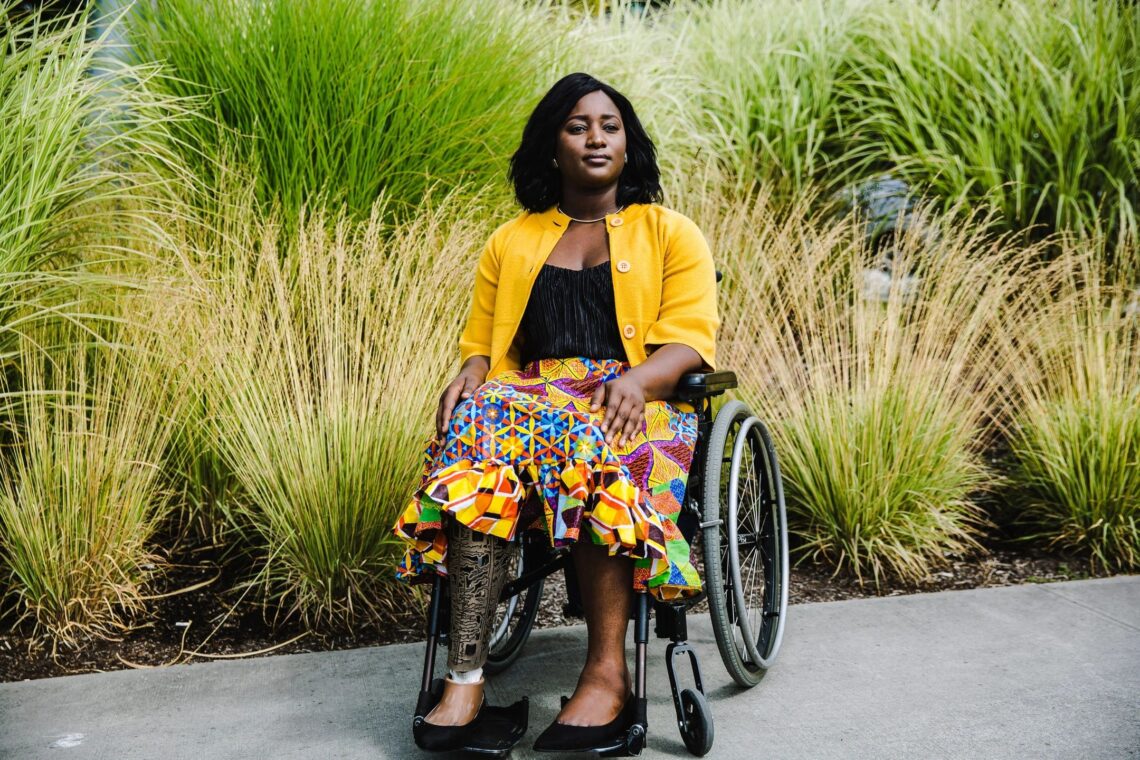When it comes to recovering from a stroke, rehabilitation can be a long and challenging journey. Integrating fun and interactive elements into this process can significantly enhance engagement and recovery outcomes. iPad games, with their intuitive touch interfaces and wide range of applications, offer a perfect blend of entertainment and therapy. Below, we explore some of the best iPad games specifically suited for stroke patients, aiming to improve cognitive functions, fine motor skills, and overall mental health. Interactive Puzzle Games: Sharpening Cognitive Skills One of the most beneficial categories of games for stroke recovery involves puzzles. These games help improve…
-
-
Introduction Hey there! If you’re scouring the net for ways to spice up recovery for someone who’s had a stroke, or if you’re in that boat yourself, you’ve hit the jackpot. Today, we’re diving into the world of iPad games that are not just fun but are also fantastic tools for rehabilitation. Stroke recovery can be a tough journey, but who says it can’t have a bit of fun thrown in? With the right games, an iPad can be more than just a tech gadget; it can be a rehab tool that brings a smile and possibly some restored function!…
-
Introduction So, you or someone you care about has had a stroke—what’s next? Navigating the road to recovery isn’t just a walk in the park. It often involves a series of rehabilitative steps where occupational therapy plays a pivotal role. Specifically designed to bring stroke survivors back to their best selves, occupational therapy for stroke patients near you can be a game-changer. It focuses on improving daily living skills and enhancing physical and cognitive functions. Let’s dive deep into how finding the right local occupational therapy services can turn the tide in stroke recovery. Why Local Matters in Stroke Recovery…
-
Introduction Every year, strokes strike countless individuals, thrusting them into a journey of recovery that varies greatly from one person to another. In this whirlwind, occupational therapy stands out as a beacon of hope. This therapy type plays a crucial role, not just in aiding recovery, but in empowering stroke patients to reclaim their lives and independence. Let’s dive into how tailored therapies and techniques under occupational therapy can significantly boost a stroke patient’s journey towards regaining their independence and enhancing their quality of life. The Essence of Occupational Therapy in Stroke Rehabilitation What is Occupational Therapy? Occupational therapy (OT)…
-
Introduction When a stroke strikes, the journey back to normalcy can seem like a marathon rather than a sprint. It’s here that occupational therapy (OT) swings into action, not just helping individuals regain skills but also redefining the path to recovery with personal touches and specialized techniques. Occupational therapy for stroke patients isn’t just about physical recovery; it’s about reclaiming independence and enhancing quality of life through therapeutic innovation. In this article, we delve deep into the world of occupational therapy techniques specifically tailored for those recovering from strokes. From cutting-edge therapies to tried-and-true methods, we’ll uncover the core strategies…
-
Occupational therapy assessment tools for stroke patients are designed to evaluate various functional capacities and cognitive abilities to guide treatment planning. Here are some commonly used tools: These tools are essential in creating a targeted and effective occupational therapy regimen tailored to the specific recovery needs of stroke patients.
-
Occupational therapy (OT) for stroke patients is a crucial component of rehabilitation that focuses on helping individuals regain their ability to perform daily activities and improve their overall quality of life after a stroke. Occupational therapists work with stroke survivors to help them recover the skills needed for day-to-day tasks, enhancing their independence and functionality. The therapy typically involves: Occupational therapy is tailored to the individual needs of each patient, focusing on achieving personal goals set in collaboration with therapists and healthcare providers. 🌐 Sources
-
Occupational therapy plays a critical role in the rehabilitation of stroke survivors. This systematic review delves into the myriad ways through which occupational therapy can aid in the recovery and enhancement of daily living activities for stroke patients, exploring the evidence-based practices and methodologies that define successful outcomes in this field. Understanding the Impact of Stroke on Functional Abilities Stroke significantly affects an individual’s physical, cognitive, and emotional abilities. The primary goal of occupational therapy post-stroke is to facilitate independence and improve quality of life through the restoration of skills and the introduction of compensatory strategies for lost functions. Effective…
-
Engaging in brain games and puzzles can be incredibly beneficial for stroke patients, aiding in cognitive recovery and enhancing critical thinking skills. Here’s how to select and use brain game puzzles effectively: 1. Select Appropriate Games 2. Incorporate Variety 3. Routine Practice 4. Monitor Progress 5. Encourage Social Interaction 6. Utilize Technology By integrating these brain games and puzzles into the recovery process, stroke patients can significantly enhance their cognitive function, helping in their overall rehabilitation. 🌐 Sources
-
Bathing and maintaining personal hygiene are essential for stroke survivors, not only for health reasons but also for boosting morale and independence. Here’s how to adapt the bathing process and choose the right aids to help stroke survivors: 1. Choose the Right Bathing Method 2. Use Adaptive Bathing Equipment 3. Safety First 4. Promote Independence 5. Routine and Assistance By implementing these strategies and using appropriate aids, bathing can be a safe, enjoyable, and dignified experience for stroke survivors. 🌐 Sources
-
Hand and finger exercisers are crucial tools in the rehabilitation process for stroke survivors, helping them regain strength, flexibility, and coordination in their hands. These devices cater to patients of various ability levels and focus on improving fine motor skills crucial for daily activities. Hand and finger exercisers offer a pathway to independence for stroke survivors, enhancing their quality of life by restoring the ability to perform daily tasks independently. 🌐 Sources
-
The Fugl-Meyer Assessment (FMA) is a standardized testing protocol widely used to evaluate the physical performance of individuals who have suffered a stroke. This comprehensive guide provides an overview of the FMA, including its history, structure, and clinical importance, making it accessible and easily understandable for a broad audience. Introduction to Fugl-Meyer Assessment (FMA) Developed in 1975 by Axel Fugl-Meyer, the FMA is an index to assess the sensorimotor recovery in individuals who have had a stroke. It is one of the most extensively used quantitative measures in stroke rehabilitation worldwide. The primary aim of the FMA is to assess…
-
Neurofeedback, a subset of biofeedback, is a groundbreaking approach that utilizes real-time displays of brain activity—most commonly brain waves—to teach self-regulation of brain functions. This technique has shown promise in aiding the recovery from brain injuries, including strokes and traumatic brain injuries, by helping individuals alter their own brain activity in beneficial ways. The foundational principle of neurofeedback is to monitor brain waves using electrodes placed on the scalp. This data is then presented to the patient in an understandable form, often through video displays or sound. By responding to this feedback, patients learn to control and improve their brain…
-
Introduction to Stroke Therapy Devices In the evolving landscape of medical technology, stroke therapy devices stand out as pivotal tools in rehabilitation and recovery for stroke survivors. These devices harness cutting-edge technology to improve motor function, reduce complications, and enhance the quality of life. Here, we explore a variety of innovative devices that are setting new standards in stroke rehabilitation. High-Tech Robotic Devices for Enhanced Motor Recovery One of the most transformative categories in stroke therapy involves robotic-assisted devices. These tools are designed to facilitate motor recovery in a way that was once considered unachievable. Robotic devices such as the…
-
Witnessing a loved one suffer a stroke can be profoundly unsettling. However, knowing the right actions to take immediately can make a significant difference in their recovery and long-term health. Here’s an essential guide for caregivers on what to do after a stroke. 1. Recognize the Signs and Act FAST Understanding the warning signs of a stroke can help you act quickly. Remember the acronym FAST: Face drooping, Arm weakness, Speech difficulties, Time to call emergency services. Immediate medical attention is crucial to minimize brain damage. 2. Call Emergency Services Immediately Do not attempt to transport your loved one to…
-
Being a caregiver for a stroke survivor is a challenging yet deeply rewarding role. It requires a delicate balance of patience, understanding, and practical caregiving skills. This blog post is crafted to offer an easy-to-read guide for stroke caregivers, covering essential aspects from physical and emotional care to practical advice on handling the day-to-day challenges. Understanding Stroke and Its Consequences A stroke occurs when the blood supply to part of the brain is interrupted, preventing brain tissue from getting oxygen and nutrients. Brain cells begin to die in minutes. This can result in lasting brain damage, disability, or even death.…
